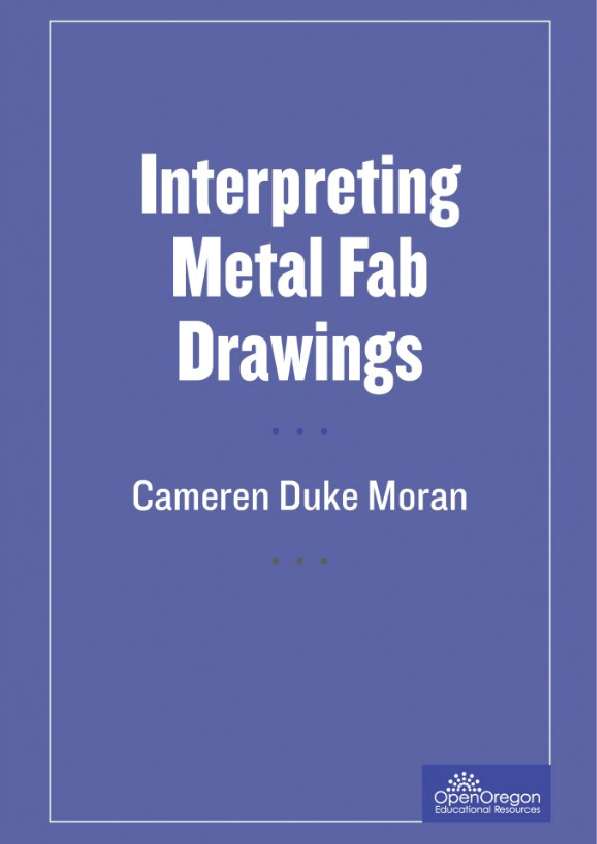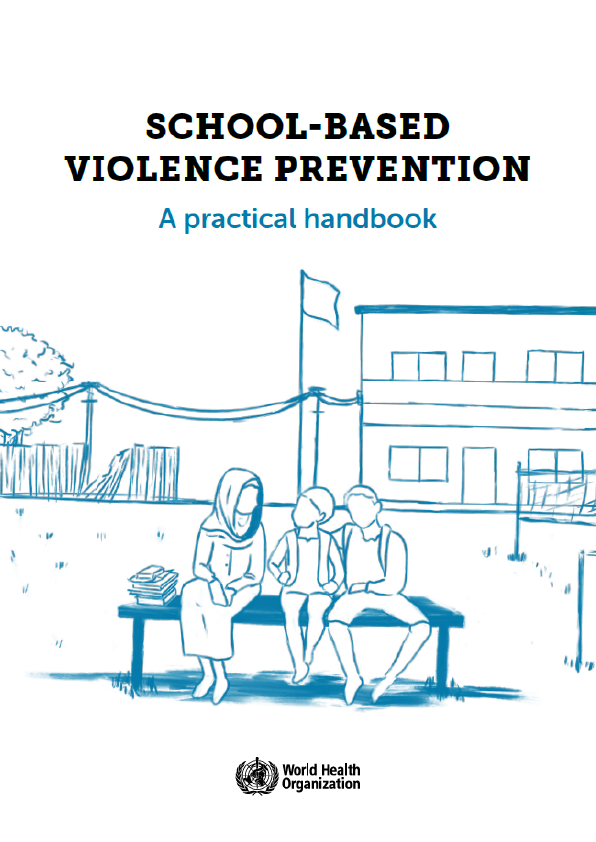Interpreting metal fab drawings is a course that introduces the principles of interpretation and application of industrial fabrication drawings. Basic principles and techniques of metal fabrication are introduced by planning and construction of fixtures used in fabrication from drawings. Basic tools and equipment for layout fitting of welded fabrications are utilized. Covers the use and application of the AWS welding symbols. This course will utilize blueprints and welding symbols and will apply them in classroom and in shop as practical assignments.
The largest reason for understanding this information is to communicate between all parties involved. This could include the welder, engineer, quality control, as well as many more. This is a universal language that provides clear instructions for a quality part.
American Welding Society has created a detailed publication (Standard Symbols for Welding, Brazing, and Nondestructive Examination AWS A2.4) that gives an extended amount of knowledge in this language.
Below is an overview of what the elements of a welding symbol may or may not include. The welding symbol provides a visualization for the welder or those involved to be able to apply the applicable weld to the work piece.
Understanding blue prints is a vital skill in the metals industry. Whether it be as a structural welder, pipe fitter, or quality control, this is the language that is universal for all individuals involved in a project.
This chapter is here to recap some line types as well as visualizing blue prints and plans.
Terminology of joints may play a large role in communication with supervisors and others working on the same weldment. Understanding the concepts associated with joint design as well as identification of parts is critical for any metal worker.
Joint Types
There are 5 basic joint types used in the metal fabrication field:
Butt Joint: A joint type in which the butting ends of one or more work pieces are aligned in approximately the same plane. A butt joint has a possibility of many prepared faces. We will talk about these in subsequent chapters. Represented is a square groove butt joint.
Corner Joint: being one of the most popular welds in the sheet metal industry the corner joint is used on the outer edge of the piece. This weld is a type of joint that comes together at right angles between two metal parts to form an L. These are common in the construction of boxes, box frames and similar fabrications. There are variations of a corner joint, shown is a closed corner joint.
Understanding Weld vs. Welding symbol
A weld symbol is not the same as a welding symbol. The weld symbol specifies the type of weld to be applied to a part. The welding symbol is made of several parts including the reference line, arrow, and weld symbol when required. The symbols in this book are a representation of what weld and welding symbols look like. There are specific design requirements when used in accordance to a blueprint.











